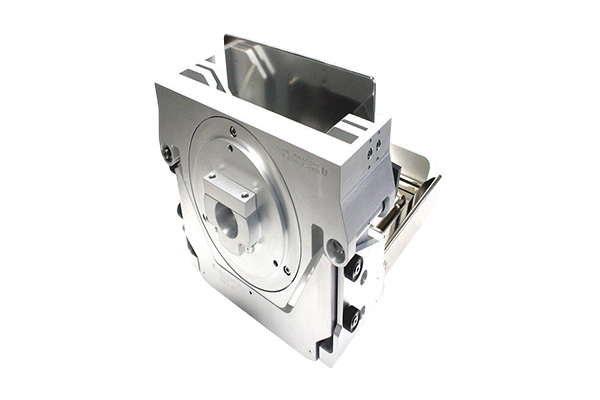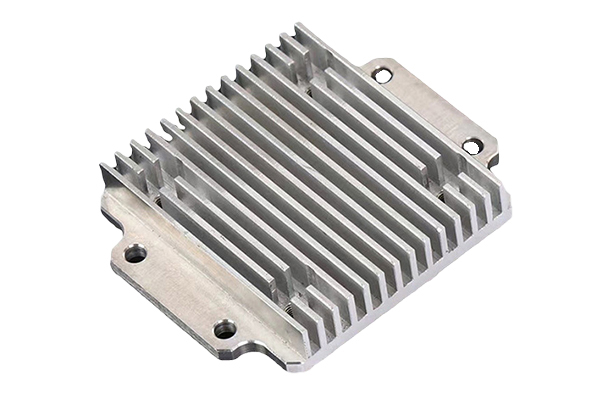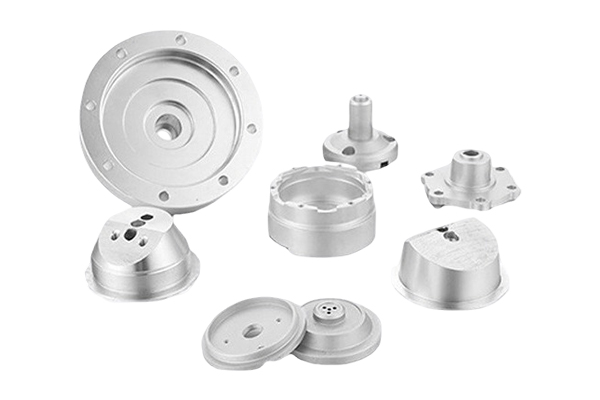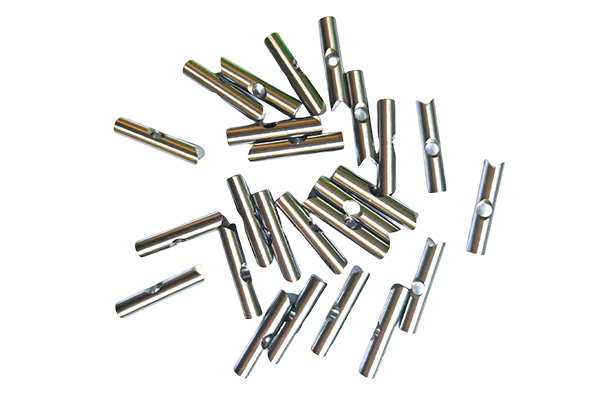How can composite processing equipment for precision parts processing improve processing efficiency while ensuring accuracy stability?
Release Time : 2025-07-17
The composite processing equipment for precision parts processing integrates multiple processes such as turning, milling, and grinding, and realizes the completion of multiple processing steps by clamping the parts once, which greatly improves production efficiency. However, while improving efficiency, how to avoid the loss of precision caused by the superposition of processes is the core challenge of composite processing technology. This type of equipment needs to build a stable precision guarantee system in efficient processing through structural optimization, intelligent control and process coordination.
The high rigidity design of the equipment structure is the basis for stable precision. Composite processing equipment needs to withstand the cutting force of multiple processing methods at the same time. The bed and column are made of integrally cast granite or high-grade cast iron. The rib plate layout is optimized through finite element analysis, so that the overall rigidity is increased by more than 40% compared with traditional single machines. The spindle system adopts a combination of electric spindle and high-precision ceramic bearings. The radial runout is controlled within 2 microns, and oil mist lubrication is used to reduce heat deformation during high-speed rotation. The guide rail uses roller linear guides and applies preload force to eliminate the gap while improving the load-bearing capacity, ensuring the consistency of the motion trajectory when switching multiple processes, and reducing the precision fluctuation caused by structural deformation from a physical level.
The continuity of process integration reduces the accumulation of clamping errors. Traditional single-machine processing requires multiple clamping, and each positioning will introduce an error of ±5 microns. The composite equipment completes all processes through one clamping, completely eliminating repeated positioning errors. For example, when processing precision gears, the composite equipment can complete gear blank turning, keyway milling and tooth surface grinding at the same station, avoiding the reference deviation in the single-machine flow. To further improve continuity, the equipment is equipped with an automatic tool change system with a tool magazine capacity of 30-60 tools, and the tool change time is shortened to less than 1.5 seconds, reducing downtime waiting during process connection. At the same time, the tool position pre-adjustment technology is used to ensure the position accuracy after tool replacement, so that the tool change error is controlled within 3 microns.
Intelligent control system realizes dynamic precision compensation. The CNC system equipped with the composite processing equipment has a real-time error monitoring function. Through the grating scale and acceleration sensor installed on the spindle and workbench, 1000 sets of position and vibration data are collected per second. When a small displacement caused by a change in cutting force (such as a 0.5 micron offset) is detected, the system will immediately adjust the feed rate and spindle speed to offset the error. In response to thermal errors in high-speed machining, the system has a built-in temperature sensor network to monitor the temperature changes of the spindle and guide rails in real time, and automatically compensate for coordinate offsets through the pre-stored thermal error model, so that when the working temperature is within the range of 15-35℃, the thermal deformation error is controlled within ±3 microns.
Dynamic balance management of tools and workpieces suppresses vibration errors. In precision parts composite machining, the center of gravity offset of the tool when switching between milling and turning modes may cause vibration. The equipment uses an online dynamic balancing system to monitor the imbalance of the tool assembly in real time. When it exceeds 0.5g・mm, the balance compensation device is automatically started and the center of gravity is adjusted by moving the counterweight. The workpiece end uses an adaptive fixture to automatically compensate for the slight eccentricity of the workpiece clamping through hydraulic or electromagnetic control. Especially when machining asymmetric parts, the fixture can adjust the clamping force distribution in real time to avoid deformation of the workpiece due to uneven force in multi-process machining, and ensure the stability of each process during cutting.
Intelligent optimization of process parameters to match processing needs. The CNC system of the composite equipment has a built-in process database, which can automatically recommend cutting parameters according to the part material and processing procedures, and continuously optimize them through machine learning. For example, a high feed rate is used to quickly remove the excess in the turning stage, and the parameters are automatically switched to medium speed and high torque during milling. The grinding stage ends with a low feed and high precision mode. The smooth transition of the parameters of each process reduces the vibration caused by the sudden change of cutting force. The system can also dynamically adjust the parameters according to the wear status of the tool. When the wear of the tool back face reaches 0.1mm, the feed speed is automatically reduced by 10%, ensuring efficiency while avoiding the decrease in accuracy due to tool failure.
Real-time monitoring and feedback mechanism builds closed-loop precision control. The laser interferometer and contact probe equipped on the equipment can measure the processed surface online during the process interval with an accuracy of ±1 micron. The measurement data is fed back to the control system in real time, and the compensation value is generated after comparison with the design model to directly correct the processing path of the next process. For example, when machining precision shaft parts, the probe detects a diameter deviation of 3 microns after turning, and the system automatically adjusts the feed rate for subsequent grinding to ensure that the final size is within the tolerance range. This closed-loop control of "machining-measurement-compensation" improves the dimensional consistency of composite machining by more than 50% compared with traditional methods.
Global control of thermal errors ensures long-term stability. The composite equipment adopts a global temperature control system. The spindle and guide rail areas are maintained at a constant temperature (±0.5°C) by an oil cooler, and the ambient temperature fluctuation is controlled within ±1°C by the air conditioning system. For the cutting area, the high-pressure cooling oil not only takes away the cutting heat, but also directly cools the contact point between the tool and the workpiece through the directional design of the oil nozzle to avoid local temperature rise exceeding 5°C. The thermal deformation model inside the equipment will calculate the coordinate correction value in real time according to the temperature difference in each area. For example, when the spindle temperature rises by 2°C, the system automatically compensates for the elongation of the Z axis by 0.8 microns, ensuring the stability of precision in long-term continuous processing, so that the dimensional drift after 8 hours of processing does not exceed 3 microns.
Through the above multi-dimensional technical measures, the composite processing equipment has built a complete precision guarantee system from structural rigidity to intelligent compensation while realizing the efficient mode of "one clamping, comprehensive processing". This characteristic of "coexistence of high efficiency and precision" has made it widely used in precision parts processing fields such as aerospace and medical equipment, which not only meets the efficiency requirements of mass production, but also maintains the bottom line of micron-level precision, becoming the core equipment of modern precision manufacturing.







